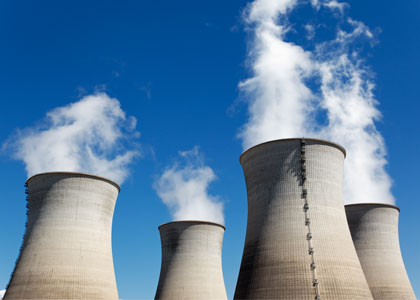An Adelaide Uni professor says we will have nuclear power in 18 years but a colleague begs to differ. Antonia Maiolo reports.

Please login below to view content or subscribe now.

Please login below to view content or subscribe now.
To continue onto Campus Review, please select your institution.